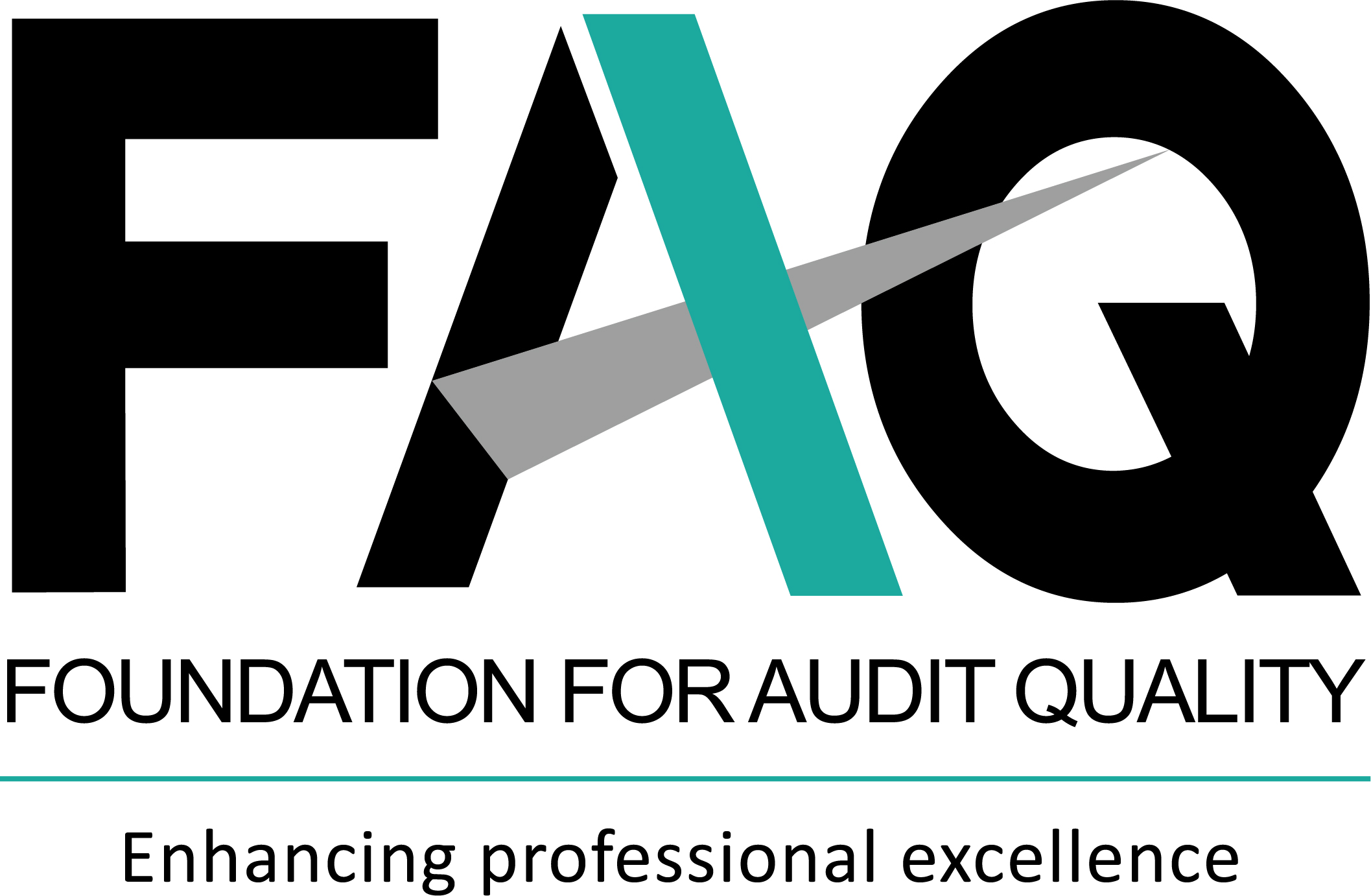Accounting updates
Updates from ICAI
The Institute of Chartered Accountants of India (ICAI), from time to time, suggests amendments1 to the Indian Accounting Standards (Ind AS) for ensuring convergence with the requirements of the International Financial Reporting Standards (IFRS). In this regard, on 30 December 2022, ICAI issued Exposure Drafts (EDs) of the amendments to Ind AS 1, Presentation of Financial Statements and Ind AS 116, Leases. The EDs are open for comments up to 30 January 2023. Some of the key amendments specified by the EDs are discussed below:
- A. Amendments to Ind AS 1, Presentation of Financial Statements : The ED has proposed following amendments to Ind AS 1:
-
Classification of liabilities as current or non-current: The
ED has proposed the following amendments to Ind AS 1:
- Right to defer settlement Under the existing requirements of Ind AS 1, companies classify a liability as current when they do not have an unconditional right to defer the settlement for at least 12 months after the reporting date. Through the ED, ICAI has now removed the requirement for a right to be unconditional, i.e., a liability would be classified as non-current, even if the right to defer settlement is subject to some underlying conditions (covenants). As per the ED, the right to defer settlement must exist at the reporting date. Accordingly, only the covenants with which an entity is required to comply on or before the reporting date and which have substance would affect the classification of a liability as current or non-current.
-
Non-current liabilities subject to future covenants
Covenants with which a company must comply after the reporting date (i.e. future covenants) do not affect a liability’s classification at that date. However, when noncurrent liabilities are subject to future covenants, it has been proposed that such companies would be required to disclose information to help users understand the risk that those liabilities could become repayable within 12 months after the reporting date. -
Liabilities that can be settled in a company’s own
shares
The terms of a liability may include a conversion option that when exercised by the counterparty could result in the settlement of the liability by issuance of a company’s own equity instruments, for example, convertible debentures. Such a conversion option could either be recognised as an equity instrument, recognising it separately from the host liability, or it could be recognised as a liability. The ED now clarifies that when a company classifies the host liability as current or non-current, it can ignore only those conversion options that are recognised as equity. -
Removal of carve-out
Currently, Ind AS 1 is not in line with International Accounting Standard (IAS) 1, Presentation of Financial Statements , since it has a carve out with regard to classification of a long-term loan arrangement for which there has been a breach of a material provision either on or before the end of the reporting period2. Under Ind AS 1, such an arrangement will be classified as a non-current liability as long as the breach has been condoned by the lender after the reporting period (but before the financial statements are approved). However, IAS 1 requires such an arrangement to be classified as a current liability because, at the end of the reporting period, the entity does not have the right to defer its settlement for at least 12 months after the reporting date. The ICAI has reconsidered the carve-out and has proposed to remove the same (and thereby make Ind AS consistent with IAS 1).
The amendments introduced by the ED are consistent with the recent amendments made by the International Accounting Standards Board (IASB) to IAS 1 in January 2020 and in October 2022.
Effective date: The above specified amendments are proposed to be made applicable for annual reporting periods beginning on or after 1 April 2024
To access the text of the ED, please click here
- B. Amendments to Ind AS 116, Leases: A sale and leaseback is a transaction for which a company sells an asset and leases that same asset back for a period of time from the new owner. Currently, Ind AS 116 includes requirements on how to account for a sale and leaseback at the date the transaction takes place. However, the ED has now prescribed a subsequent measurement requirement for such transactions, particularly in a leaseback that includes variable lease payments that do not depend on an index or a rate – because these payments are excluded from ‘lease payments’. The ED confirms:
- On initial recognition: On initial recognition, the seller-lessee should include variable lease payments in measuring a lease liability arising from a sale-andleaseback transaction.
- After initial recognition: After initial recognition, the seller-lessee should apply the general requirements for subsequent accounting of lease liability and not recognise any gain or loss relating to the Right of Use (RoU) that is retained.
The ED has proposed that a seller-lessee may adopt different approaches that satisfy the new requirements on subsequent measurement.
The requirement proposed by the ED is consistent with the recent amendments made by IASB to IFRS 16, Leases in September 2022.
Effective date: The amendments are proposed to be made effective for annual reporting periods beginning on or after 1 April 2024.
- ICAI suggests amendments to MCA, which ultimately notifies the amendments.
- Carve out has been made in paragraph 74 of Ind AS 1
To access the text of the ED, please click here
Action Points for Auditors
Auditors should note that though the amendments proposed by the EDs would apply from 1 April 2024, they should evaluate disclosures under Ind AS 8, Accounting Policies, Changes in Accounting Estimates and Errors. Thus, auditors should engage with the companies to which these amendments would be applicable and discuss the reporting requirements and transition options available to the companies. Auditors are also encouraged to utilise the comment period to highlight their concerns or recommendations, if any with regard to the amendments introduced by the EDs.
Our Insights
Tools and Enablers
- Standard workpapers
- Technology tools
Resources
- Regulatory updates
-
India updates
Accounting updates
Auditing updates
Regulatory updates
-
International updates
Accounting updates
Auditing updates
Regulatory updates
-
Recap on key updates
-
Publications
India Publications
International Publications
-
Matter for auditors’ attention
-
Discussion/Consultation papers and Publications issued by regulators
India Publication
International Publication
Exposure Drafts/consultation papers
EDs/consultation papers
Matters for Consultation

